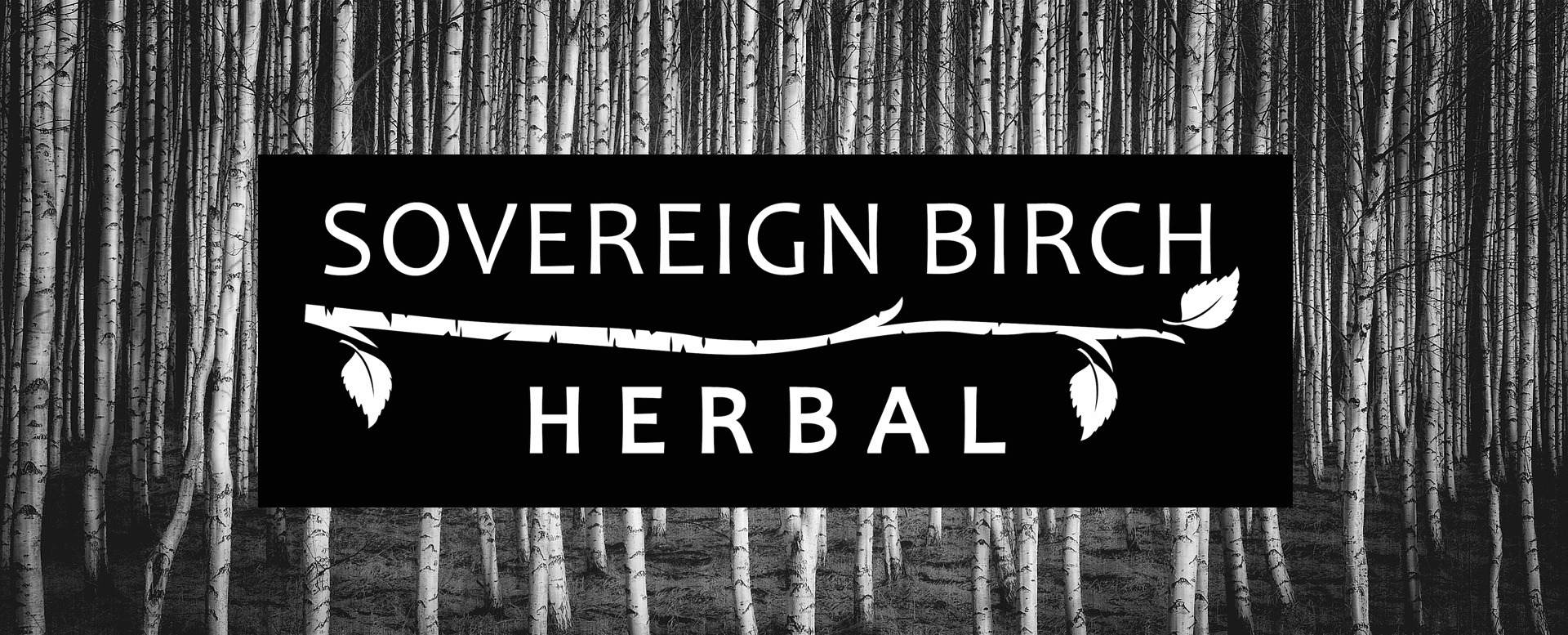aThis is the second post in the 6 Categories of Herbal Remedies series. To read the previous post, go here.
To start from the beginning of the series, go here.
Vinegars were some of the first preparations I ever made as a beginner herbalist. Flavorful, versatile, and accessible in multiple ways, vinegars take several weeks to prepare, but the trade-off is a remedy that’s portable and quick to take.
Herbal vinegars deliver not only benefit from the herbs steeped in them, but also from the vinegar itself. Apple cider vinegar (ACV) is the most common choice of vinegar for herbal preparations–it helps improve digestion by stimulating bile production and providing probiotics, and over time it can help lower blood glucose levels1.
Vinegar is also better than alcohol when you want a high mineral content. For herbs like nettles, dandelion leaf, red clover, horsetail, etc, vinegar helps extract more minerals than you would get from an infusion or a tincture. Vinegar is also accessible to people who can’t have alcohol. And for herbs you plan to work with long-term, it can be nice to opt for a bit of vinegar rather than alcohol every day.
Vinegars are also shelf stable! Once you remove the herbs, the resulting vinegar will be good for six months to a year, even without refrigeration.
Making herbal vinegars is easy: take a jar and fill it between a 1/4 and 3/4 of the way with your chosen herbs, then add vinegar until you have about an inch of vinegar over the herbs. (You might need to wait for the herbs to settle to make sure there’s enough vinegar.) Then cap and wait 2 to 6 weeks, depending on how strong you want the vinegar, and strain.
You might have already heard of the herbal world’s most famous vinegar preparation: fire cider! Contrary to the name, fire cider is non-alcohol, a vinegar blend that’s spicy, immune-boosting, and sure to heat you up from the inside out.
There are probably as many fire cider recipes are there are herbalists, but my blend goes something like this:
- a head of garlic, peeled and crushed
- 5″ of horseradish, peeled and chunked
- an onion, roughly chopped
- a cayenne pepper (or jalapeño)
- 5″ of ginger, peeled and sliced
- 2″ of turmeric, peeled and chunked
- Lemon, chunked
- Sprigs of rosemary
- Sprigs of thyme
- Sprigs of oregano
- Apple cider vinegar
All these plants go into a jar and I add enough apple cider to cover everything, then cap and ignore for 4 to 6 weeks. I filled two half gallon jars last time I made fire cider–it lasts! If you don’t have all these ingredients, you can leave them out–the recipe is easy to tweak to your tastes.
Herbal vinegars: easy to put together with a tasty end result, whether you take the vinegar internally or use it externally, like in a skin care routine. Vinegars form the base of other remedies we'll cover later, so give them a try! What herbal vinegars have you made before? What vinegars do you want to make?
This is the second post in the 6 Categories of Herbal Remedies series. To read the next post, go here.
Footnote 1: Kausar, S., Humayun, A., Ahmed, Z., Abbas, M.A., & Tahir, A. Effect of Apple Cider Vinegar on Glycemic Control, Hyperlipidemia and Control on Body Weight in Type 2 Diabetes Patients. International Journal of Medical Research and Health Sciences. 2019; 8:59-74.
